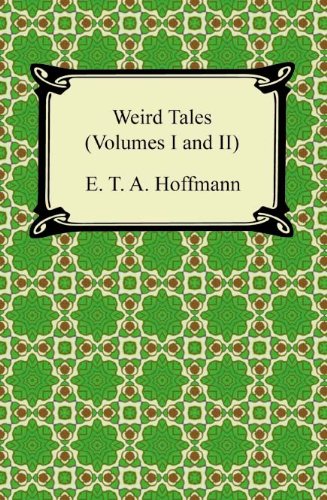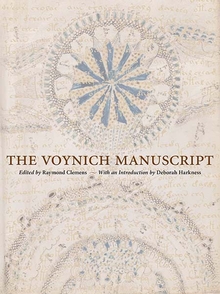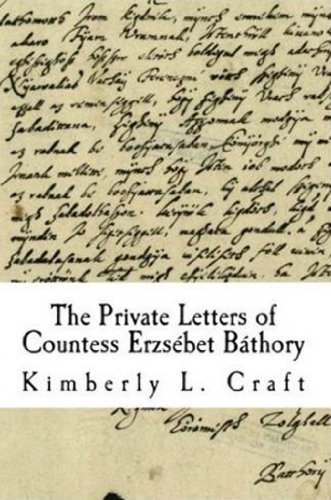
“Learn from me, if not by my precepts, at least by my example, how dangerous is the acquirement of knowledge and how happier that man is who believes his native town to be the world, than he who aspires to become greater than his nature will allow.”
Frankenstein was originally published in 1818, making this year the 200th anniversary. A perfect time for me to reread it. Mary Shelley starting writing this when she was just 18 years old, making this an even more remarkable achievement. Both of her parents were writers, though, so it kind of makes sense she’d be a good writer from a young age. Her husband also encouraged her to write (they eloped when she was 16). Shelley’s mother died days after she was born, so she wasn’t a direct influence on Mary. However, Mary often poured over her mother’s writings, so her mother was still a great influence on her. Continue reading →









